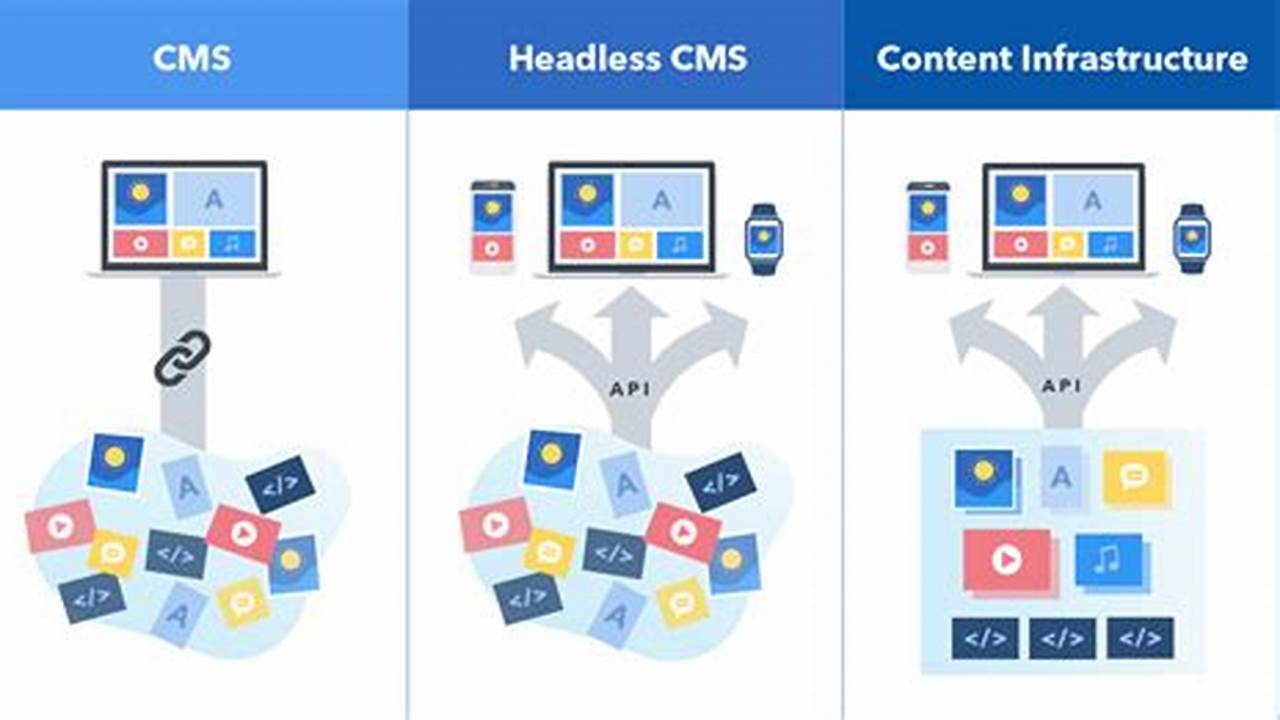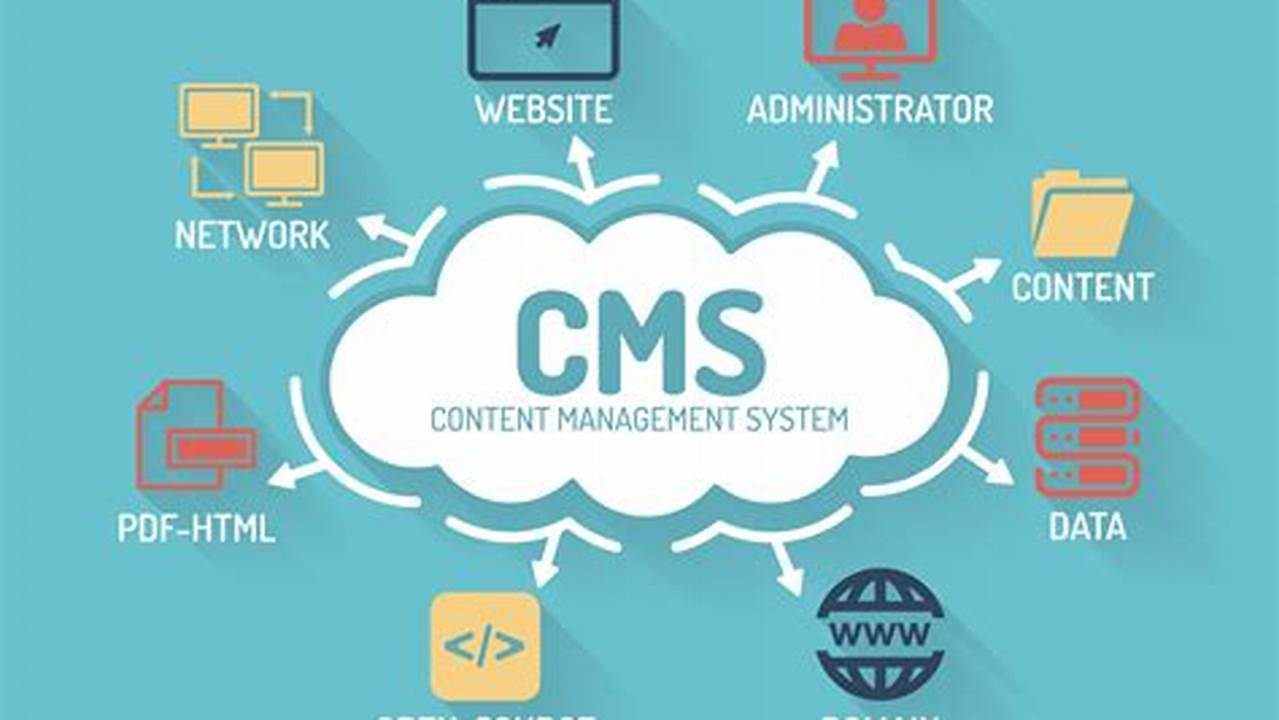Decoupling content management from presentation opens new avenues for content delivery and user experience. This approach allows content to be created once and published anywhere, maximizing its reach and impact across diverse platforms.
Improved Scalability and Flexibility
Independent front-end and back-end systems enable easier scaling and adaptation to evolving business needs. Changes to one system don’t necessitate modifications in the other, simplifying development and maintenance.
Enhanced Content Reusability
Content stored as structured data can be effortlessly reused across websites, mobile apps, social media, and emerging platforms like IoT devices, amplifying content ROI.
Faster Time to Market
Front-end developers can work independently from the back-end content team, accelerating development cycles and enabling quicker deployment of new features and content updates.
Personalized User Experiences
Delivering content through APIs empowers developers to create highly tailored user experiences based on individual preferences and context.
Greater Control over Design and Functionality
Front-end developers gain complete control over the presentation layer, facilitating innovative designs and functionalities unconstrained by traditional CMS limitations.
Future-Proof Content Strategy
Adapting to new technologies and platforms becomes seamless, ensuring content remains accessible and relevant regardless of future digital landscape shifts.
Improved Website Performance
By separating content from presentation, websites can achieve faster loading times and enhanced performance, leading to improved user experience and SEO benefits.
Strengthened Security
Decoupled architecture can enhance security by isolating the content repository from potential vulnerabilities in the presentation layer.
Simplified Content Management
Content creators can focus solely on creating and managing content without needing technical expertise in front-end development.
Tips for Transitioning
1. Evaluate Current Content Management System: Thoroughly assess current CMS capabilities and limitations to determine the suitability for a headless approach.
2. Define Content Model: Establish a well-defined content model to ensure consistency and structure across all platforms.
3. Select Appropriate API: Choose an API that aligns with specific business requirements and technical capabilities.
4. Plan for Integration: Develop a comprehensive integration plan to ensure seamless transition and minimize disruption.
Frequently Asked Questions
How does a headless architecture differ from a traditional CMS?
Traditional CMS platforms tightly couple content management and presentation, while headless architectures separate these functions, providing greater flexibility.
What are the key components of a headless CMS?
The core components include a content repository, an API for content delivery, and a front-end delivery platform.
Is a headless CMS suitable for all organizations?
While beneficial for many, a headless CMS might not be ideal for organizations with limited technical resources or simple content needs.
What are some popular headless CMS platforms?
Several robust platforms exist, each offering unique features and capabilities, catering to diverse needs.
What are the potential challenges of implementing a headless CMS?
Challenges may include increased development complexity, reliance on third-party services, and potential integration issues.
How can organizations ensure a successful transition to a headless CMS?
Careful planning, thorough testing, and ongoing evaluation are crucial for a smooth and successful implementation.
Embracing a decoupled approach to content management empowers organizations to optimize content delivery, enhance user experiences, and future-proof their digital strategies.



